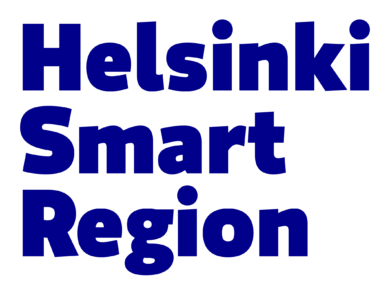News

New carbon handprint guideline helps companies demonstrate their positive impact on the environment
Published:
For many companies and organisations, the challenge of reducing their environmental footprint – using resources more efficiently and minimizing emissions and waste – is already business as usual. Some organisations have already gone beyond this and are developing products, services and technologies that also reduce the environmental impacts of their customers. The need to calculate and communicate these positive environmental benefits is clear, but so far there has been a lack of effective methods of achieving this.
VTT Technical Research Centre of Finland and LUT University have developed an approach for quantifying the environmental handprint based on standardized methods. The first edition of the Carbon Handprint Guide was published already in 2018. Since then, the research work was continued to extend the applicability of the framework to incorporate other positive environmental impacts in addition to greenhouse gases.
With the help of the revised Carbon handprint guideline, companies have a science-based way to assess and communicate their positive impacts on the environment. The handprint approach can also be considered as a means to target global climate neutrality.
8 years of productive research cooperation
– The results of the project can make a significant impact on the way companies plan and communicate their environmental and circular strategies and contribute to the global effort to combat climate change. The handprint approach can be used as transparent and science-based way to prove their environmental responsibility, says Katri Behm, Senior Scientist at VTT.
The Handprint research work has been coordinated by VTT. In the last 8 years, there has been three projects: Carbon Handprint (2016–2018), Environmental Handprint (2018–2021) and finally, Carbon Neutrality Empowered by Handprint (2021–2024). The work has been carried out in close cooperation by VTT, LUT University and several industrial Finnish partners. The driver for the research work has been to create a robust framework for companies to demonstrate the positive environmental impacts of their offerings.
The updated framework will help companies to calculate and communicate the good that they do in a scientific manner, without greenwashing, and thus gain a competitive advantage in the global market.
In the recent “Carbon neutrality empowered by handprint” project, the focus has been on the climate neutrality work of companies, and the positive environmental impacts of their circular economy solutions. The updated framework will help companies to calculate and communicate the good that they do in a scientific manner, without greenwashing, and thus gain a competitive advantage in the global market.
Reducing the footprint of others as well
The handprint guideline builds on internationally acknowledged ISO-standardized life cycle assessment methods but extends their scope by comparing the environmental impacts of offered solutions against an alternative baseline solution. If the offered solution decreases the footprint of other actors such as customers, a handprint is created. This way, companies are able to provide solutions affecting global climate neutrality targets by reducing the footprint of others as well, instead of just their own.
In the recent work, the handprint guideline was updated to be applicable also for different circularity strategies that companies can apply in their circular solutions. The updated guideline has been tested with the solutions of the industry participants of the project. The guideline offers companies the possibility to recognise and communicate the more sustainable and environmentally responsible products and services for their customers.
– The handprint approach has been well received by the Finnish companies. Next, we are focusing our efforts on making the concept more known internationally, and also explore the possibilities of its standardization, says Kaisa Grönman, Associate Professor from LUT University.
What is a handprint?
The term “handprint” communicates the positive impacts of a product or organization when it reduces the footprints of others, as the term “footprint” refers only to negative impacts. A product has a carbon handprint if it reduces customer’s greenhouse gas emissions. Please see this short Carbon neutrality Empowered by Handprint video on how companies should not only focus on reducing their own carbon footprint but also on identifying the opportunities to create handprints or have a look at the Carbon Handprint Guide.
Read more:
- Original article on VTT’s website
- Carbon Handprint Guide (pdf)
- Carbon neutrality empowered by handprint -project website
Contact information:
Michael Hanf
Project Lead, VTT
michael.hanf@vtt.fi







 Return to listing
Return to listing